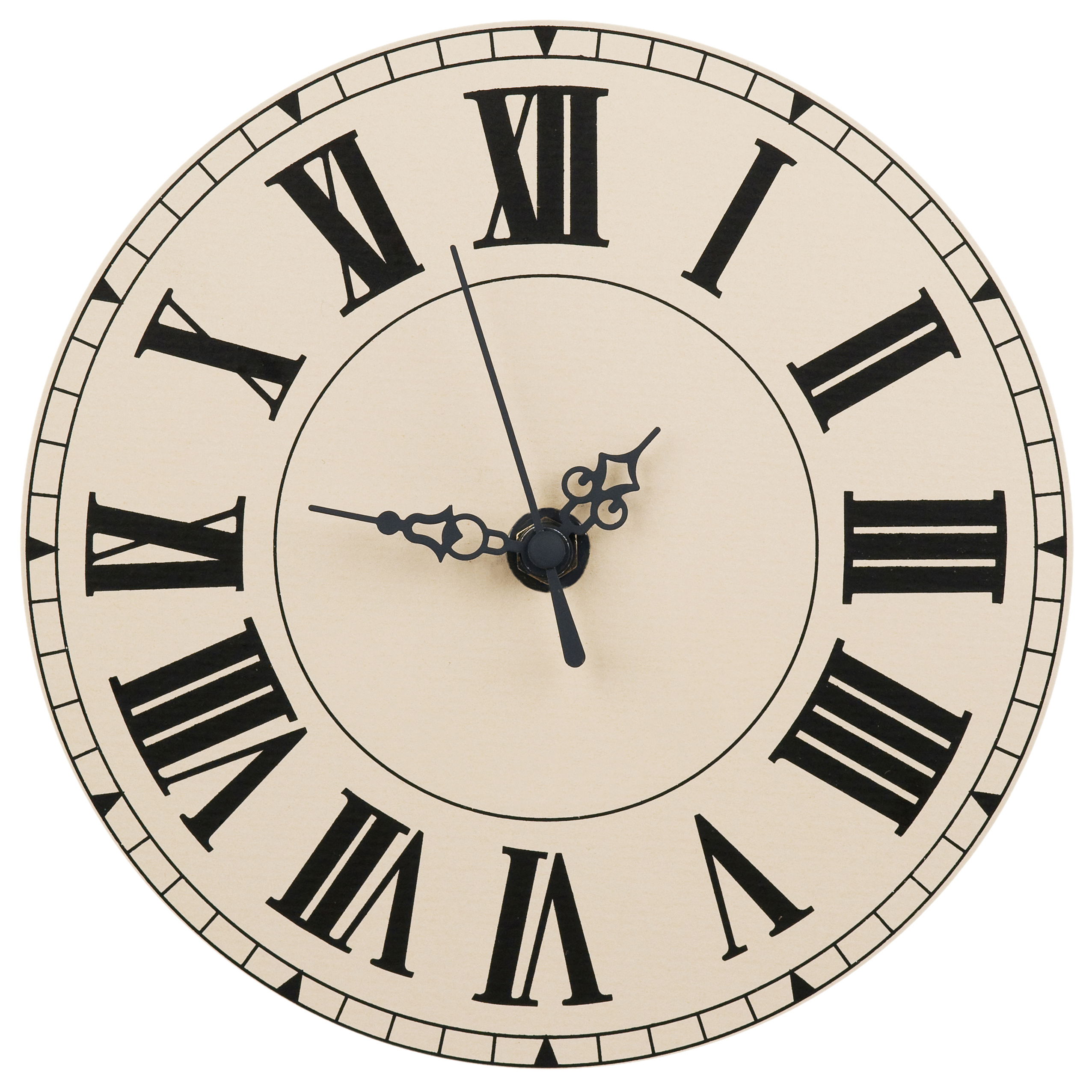Making Roman Numerals Fun: An Engaging Guide for Kids
Are you searching for engaging ways to teach Roman numerals to your little learners? You’re in the right place! This guide will help you introduce Roman numerals in a fun, hands-on way that keeps kids excited while building their number sense, pattern recognition, and historical knowledge.
Why Roman Numerals?
You might be wondering, "Why do we even need to learn Roman numerals? We’ve got perfectly good numbers already!" Well, besides adding a touch of classical flair to clocks, movie sequels, and Super Bowl games, Roman numerals also enhance your child's cognitive abilities. They’re like solving ancient puzzles—perfect for curious minds! Learning Roman numerals helps children:
- Improve their understanding of number systems.
- Recognize patterns and sequences.
- Explore historical connections to the ancient world.
Plus, they’re a fun way to make kids feel like little historians or puzzle solvers!
Tips and Tricks for Teaching Roman Numerals
Here are some tried-and-true tips to make teaching Roman numerals engaging, interactive, and stress-free:
1. Use Visual Aids
Start with a Roman numerals chart as a handy reference guide. Create colorful posters, flashcards, or anchor charts to display key numerals (I, V, X, L, C, D, M) around your classroom or home.

2. Incorporate Games
Learning becomes exciting when it’s turned into a game! Try:
- Matching Games: Have kids match Arabic numbers to Roman numerals.
- Roman Numeral Bingo: Use Bingo cards with Roman numerals and call out their Arabic counterparts.

3. Make It Hands-On
Kids learn best through hands-on activities. Try these:
- Roman Numeral Cut and Paste: Let children cut out numerals and glue them next to their Arabic equivalents.
- Roman Numeral Art: Use glitter, paint, or stickers to decorate numerals. It’s perfect for visual and tactile learners.

4. Show Real-Life Examples
Help kids see that Roman numerals are all around us! Point out:
- Roman numerals on clocks.
- Chapter headings in books.
- Dates on movie posters, monuments, or buildings.
This real-world connection makes learning more meaningful.

5. Break It Down
Start simple! Begin with basic numerals: I (1), V (5), X (10), L (50), C (100), D (500), and M (1000). Once they’ve mastered these, introduce combinations like IV, IX, and XL. Go step-by-step to build confidence.

6. Bring in Stories
Kids love a good story! Share how ancient Romans used this number system for counting and record-keeping. Talk about gladiators, emperors, and the Colosseum to make history come alive.

7. Practice, Practice, Practice
The key to mastering Roman numerals is repetition. Regular practice helps kids feel more comfortable and confident in recognizing, converting, and using Roman numerals.

Fun Activities to Practice Roman Numerals
Here are some exciting activities you can try at home or in the classroom:
1. Roman Numeral Hunt
Hunt Roman Numerals in outdoor settings like museum or buildings.

2. Roman Numeral Clock
Make a DIY Roman numeral clock using a paper plate. Write Roman numerals around the edge and add clock hands. It’s a great way to combine time-telling skills with numeral recognition.

3. Roman Numeral Hopscotch
Replace regular numbers with Roman numerals in a hopscotch grid. Kids can jump from numeral to numeral while calling them out—learning and physical activity in one!
4. Roman Numeral Art
Unleash creativity! Have kids design Roman numerals with paint, markers, or stickers. This artistic approach helps visual learners remember numeral shapes and values.

5. Roman Numeral Scavenger Hunt
Hide cards with Roman numerals around the house or classroom. Give kids a list of Arabic numbers and let them find the matching Roman numerals. This activity reinforces their conversion skills while keeping learning fun and active.

Tips for Parents and Teachers
For Parents
- Use real-life examples of Roman numerals—like clocks, books, or movie credits—to build recognition skills naturally.
- Make learning interactive with games and art projects.
For Teachers
- Turn Roman numerals into center activities or whole-class lessons.
- Use visual aids like charts and flashcards.
- Tie Roman numeral lessons to history for an engaging cross-curricular experience.
Conclusion
Teaching Roman numerals doesn’t have to be daunting. By incorporating visual aids, games, hands-on activities, and real-life examples, you can make learning Roman numerals an exciting adventure. Whether you’re creating art, playing Bingo, or building clocks, these strategies help kids develop confidence and skills that will last a lifetime. Let’s make learning Roman numerals fun, engaging, and meaningful for every child!
Follow Me for More Teaching Tips with Joy For more tips, resources, and a daily dose of teaching joy, follow me on: